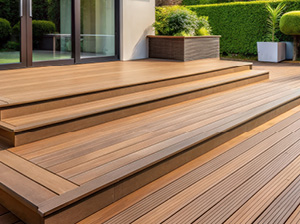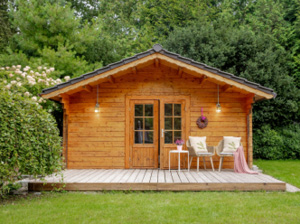
How to Lay Decking: Ground Level & Raised Decking
02/10/2024
This blog will walk you through the differences between ground....

How to Build a Summerhouse, Step by Step
01/10/2024
View our step-by-step guide to building a summerhouse for....

How to Lay Turf
06/11/2019
Putting down a solid layer of high-quality turf is the foundation to...

Guide to installing the perfect driveway
06/11/2019
A well-built driveway is obviously a necessity from a...

